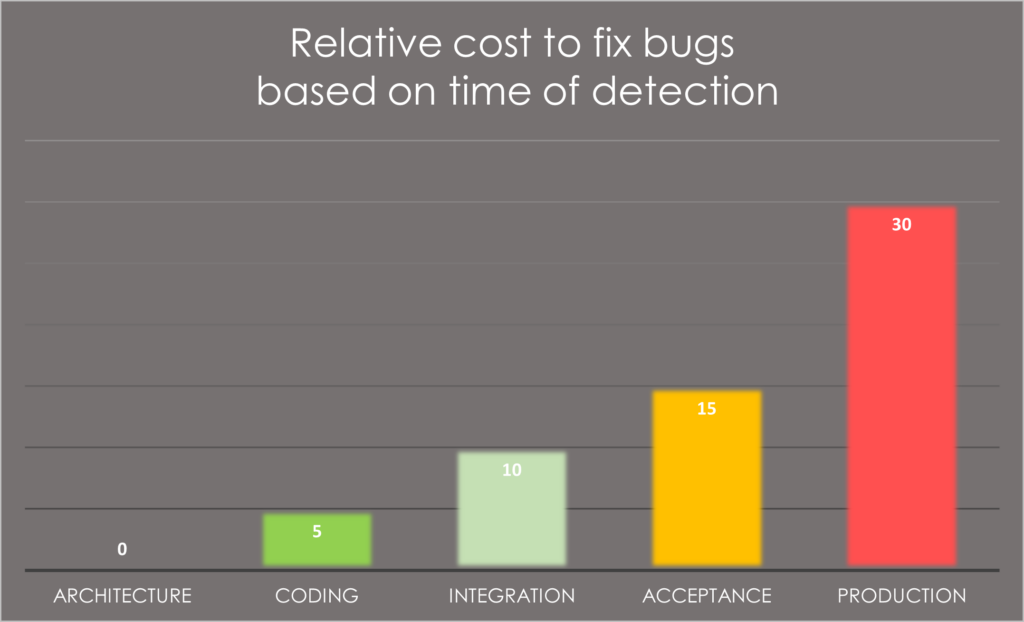Delivering high-quality software that meets clients’ requirements is essential for their success. In the software development cycle, testing is a key element that will save your product from and your finance from disaster.
Here are the best practices in software testing that can help ensure the delivery of high-quality software.
Early and Continuous Testing
Testing should start early in the development process and continue throughout the software development life cycle. Early and continuous testing helps catch defects early, reducing the cost of fixing them later in the development process. When possible prefer a Test Driven Development (TDD) approach.

Test automation
The only way to run tests frequently is to have them automated. There are a lot of tools that let you build your application, run your tests suite and deploy to the target environment. Some examples are: Azure Pipelines, Jenkins, GitLab.
Clear and Concise Test Cases
Test cases should be concise, and easy to understand. They should be a clear description of what the software is supposed to do, therefore test cases should be written in a way that allow them to be easily repeatable and executed by anyone.
Test Environment Management
A well-managed test environment can help ensure that testing is conducted in a controlled and consistent manner. This includes ensuring that the test environment is set up correctly and that testing is conducted under the same conditions as the production environment. Running tests in a container such as Docker container ensures the environment is controlled and tests are replicable.
Test Data Management
Test data should be relevant and consistent, and it should represent the real-world scenarios that the software will encounter in production. This helps ensure that testing is conducted under realistic conditions and that the software performs as expected in the production environment.
Testing at Yodigito
Automated testing allows us to catch bugs early, reduce the cost of fixing bugs, and improve code quality. It’s an essential part of our CI pipeline, which automates the software development process, from code build to deployment. We use various types of automated tests in our pipeline, including unit tests, integration tests, and end-to-end tests.
Our automated tests are integrated into our CI pipeline using Azure Pipelines. Our developers write and run tests locally and, doing so, they gradually build what is going to be the test suite of the application. The whole set of test runs every time a new line of code is added to our repository, ensuring there are no regressions in the development process.
A real example
An example of a testing suite we have in one of our product in development is the following.
We are developing a web app that is built on a .NET backend and a ReactJS frontend. Our tests covers the backend part running XUnit tests and the frontend part running Jest tests. Tests, based on requirements, are built by developers alongside with the code and run every time a commit is pushed to our git repository on Azure DevOps. Doing so we are confident we are not introducing any bug that can impact the correct functionality of the code.
The benefits of using automated testing in our CI pipeline are numerous. By catching bugs early, we save time and resources that would otherwise be spent fixing those bugs later in the development process. By reducing the cost of fixing bugs, we can offer our clients more competitive pricing while still delivering high-quality software. And by improving code quality, we can ensure that our software is robust and reliable.
Conclusions
In conclusion, automated testing in our CI pipeline is an essential part of software development process. It ensures that we deliver high-quality software that meets our clients’ requirements while saving time and resources. If you’re looking for a software house that prioritizes quality and reliability, please contact us. We’d be happy to discuss your software needs and how we can help.
Photo by Sai Kiran Anagani on Unsplash

